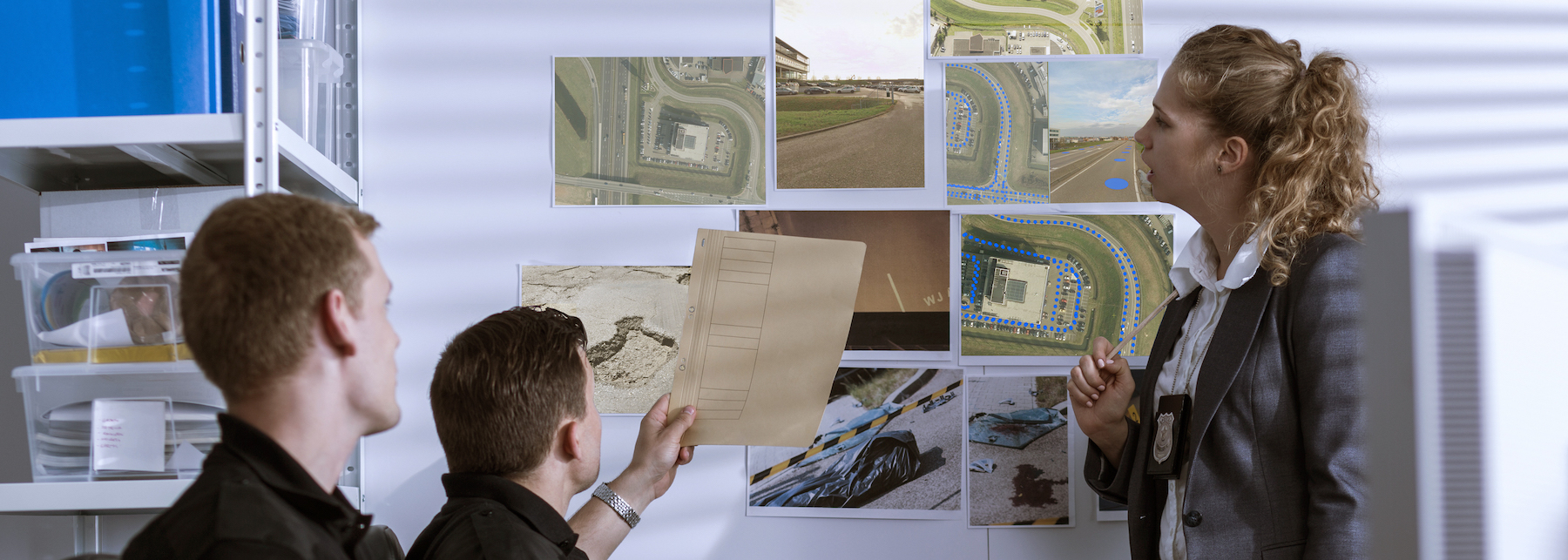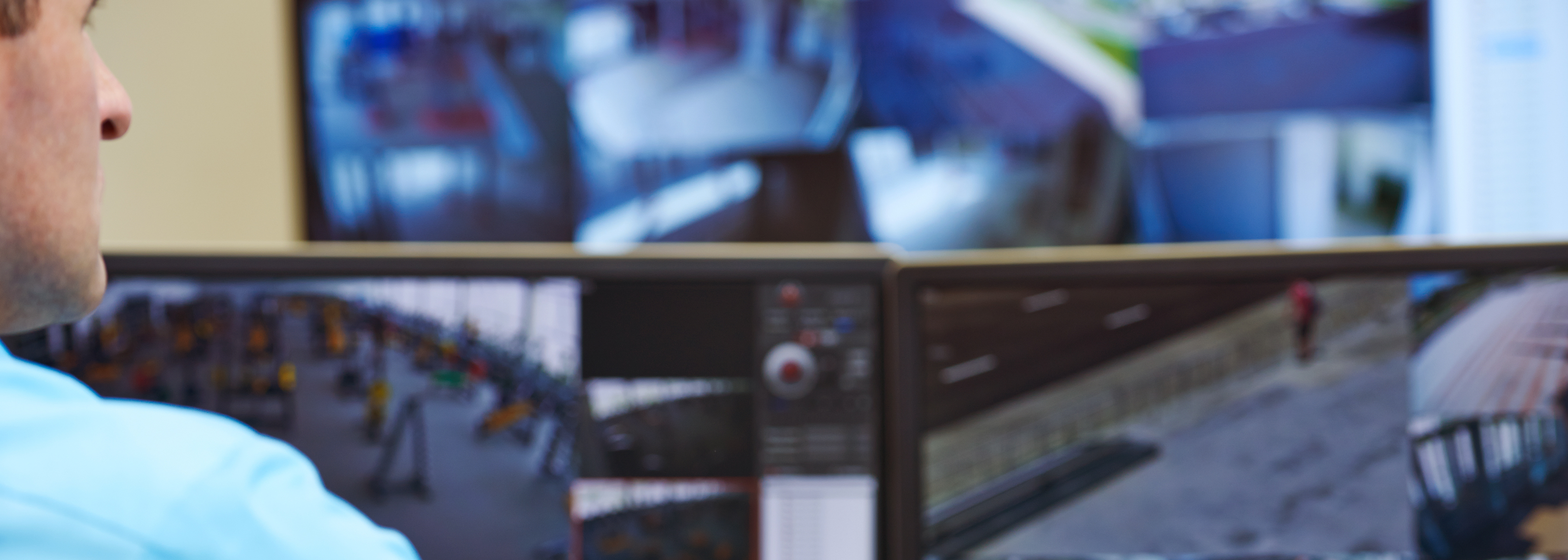Safe city | 10 January 2020
Listicle: How to find your city’s blind spots
Prevention is better than cure, and a stitch in time tends to save nine. What are the blind spots in your city that you should be tackling right now? Find out how to save yourself the headache down the line with our 4 ways to identify and deal with the potential risks in your city.
1. Take a closer look at infrastructure
Have a look at mobility. What’s the status of the pedestrian ramps in your city? There are various legal requirements regarding ramps in order to make your city more accessible. Data can help you out here. Take the NYC Department of Transportation, which created an inventory of ramps detailing their level of compliance with ADA regulations.
Data makes it easier for you to manage assets such as ramps and to target maintenance and replacement programs, cutting costs in the process. You’re also limiting civil liability by ensuring these assets meet quality and safety standards.
Then there’s road signage and road status. With self-driving cars no longer a distant fantasy, it’s important that your roads are clearly signposted and safe to drive on. Road surface inspection and pothole identification fit in with that as well. Plus, you can use site-specific imagery to plan the location of road markings for pedestrian crossings, bike lanes, and the like.
And speaking of road markings: are your traffic signs causing more confusion than they’re resolving? Use data to check where your city’s inhabitants are having trouble navigating traffic because of too many (or contradictory) traffic signs. Washington D.C., for example, saved time and money by compiling an asset inventory of its 350,000 traffic signs and parking meters.
By using imaging data, you’re less dependent on inspections and road work, which tend to block off roads and carry risks of their own.
2. Support police and emergency services
Help your police department to determine their line of sight and ensure they’ve got a complete overview when it matters most. Emergency (dispatch) services can use data for training purposes. Use data to train first responders to collaborate more effectively, deploy faster, and to have better situational awareness before they arrive on the scene. You can even use this data for high-quality virtual reality simulators to provide realistic training.
Are you already using Enhanced 911 systems? Data and imagery can help you get the most out of them and enable even more rapid delivery.
Make sure to assess high-risk situations too. Events are a good example of this. When run properly, they bring activity and excitement to your city. But with their high concentration of people and complicated logistics, they’re also a hotbed for potential problems.
Using data, you can anticipate most of the trouble by taking care of road blocks, strategically placing first aid posts, and by effectively (re)directing traffic. And all of this will require fewer field visits, allowing your officers to spend their time on other activities.

3. Get nature under control
Of course you can never control all natural influence on your city, but there are a few things you can do. By analyzing dangerous situations, you can address risks before they become problems (or even natural disasters).
That doesn’t have to take a lot of effort either: consider using imagery to plan the pruning and removal of trees. And while we’re on the topic of trees: their upkeep and risk factor can also be assessed using street-level data. This makes it much easier to manage your tree service activities.
An example of this can be found in areas that tend to suffer massively destructive wildfires. A raging wildfire can raze forests and residential areas alike. Cyclomedia is providing assistance in order to prevent these disasters in the future. What does that look like? By recording and analyzing power poles and surrounding vegetation, we can identify tier 3 fire-threats before it’s too late.
Using data to identify power pole locations, pole height, and their associated primary power lines is already making these areas safer. After all, it only takes one spark jumping from a power line to a tree to start a devastating fire. Making sure that that spark never gets the opportunity is imperative.
4. Turn to urban planning
Street-level imaging enables you to assess abandoned properties and other hazardous environments for safety and law enforcement concerns, without actually having to pay every single one a visit. This also allows you to plan repairs and adjustments in order to improve city-wide safety.
The City of Philadelphia uses street-level imagery to keep a clear overview of the state of roadside objects, height of buildings, bridges and tunnels. Similarly, Mülheim an der Ruhr uses this data for fire prevention.
These are just a few examples, with many more possibilities available to you. Consider using this data to identify at-risk locations such as terrorist targets, bars, and loitering youths.
Peter de With, professor at the Eindhoven University of Technology and advisor on video technology at Cyclomedia clarifies just what this entails: “In smart cities, the connections between city government, local police departments, and even the national police and security institutes are much closer. That enables us to take action quickly and effectively. Monitoring the transport of hazardous material when passing through your city is one example of that, because the safety of such transport can be directly improved when deploying smart city technology.”
